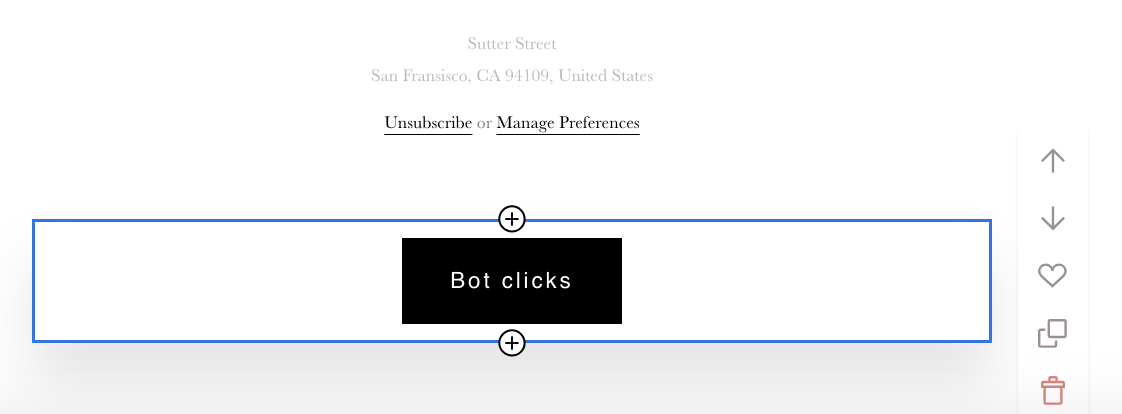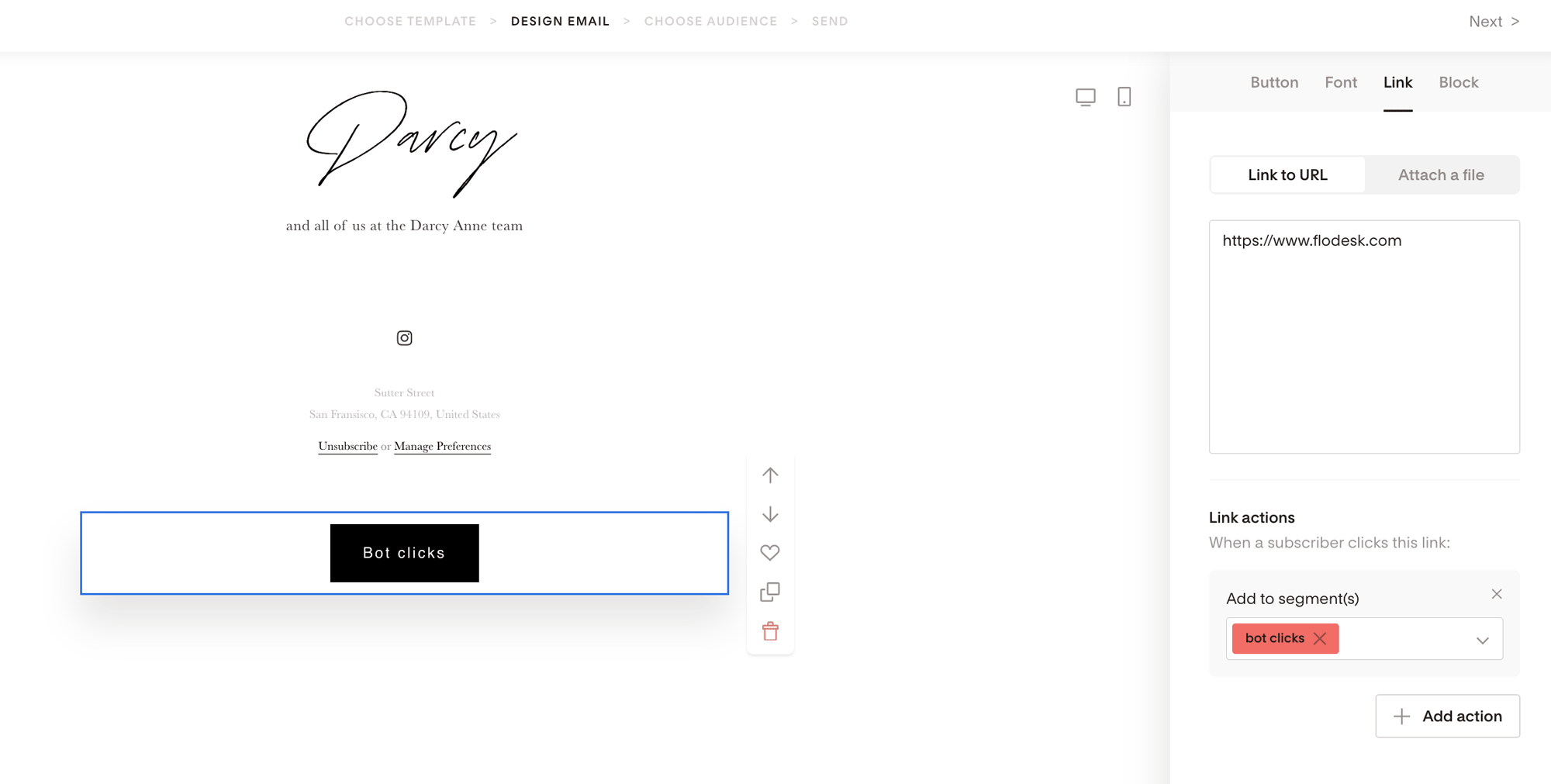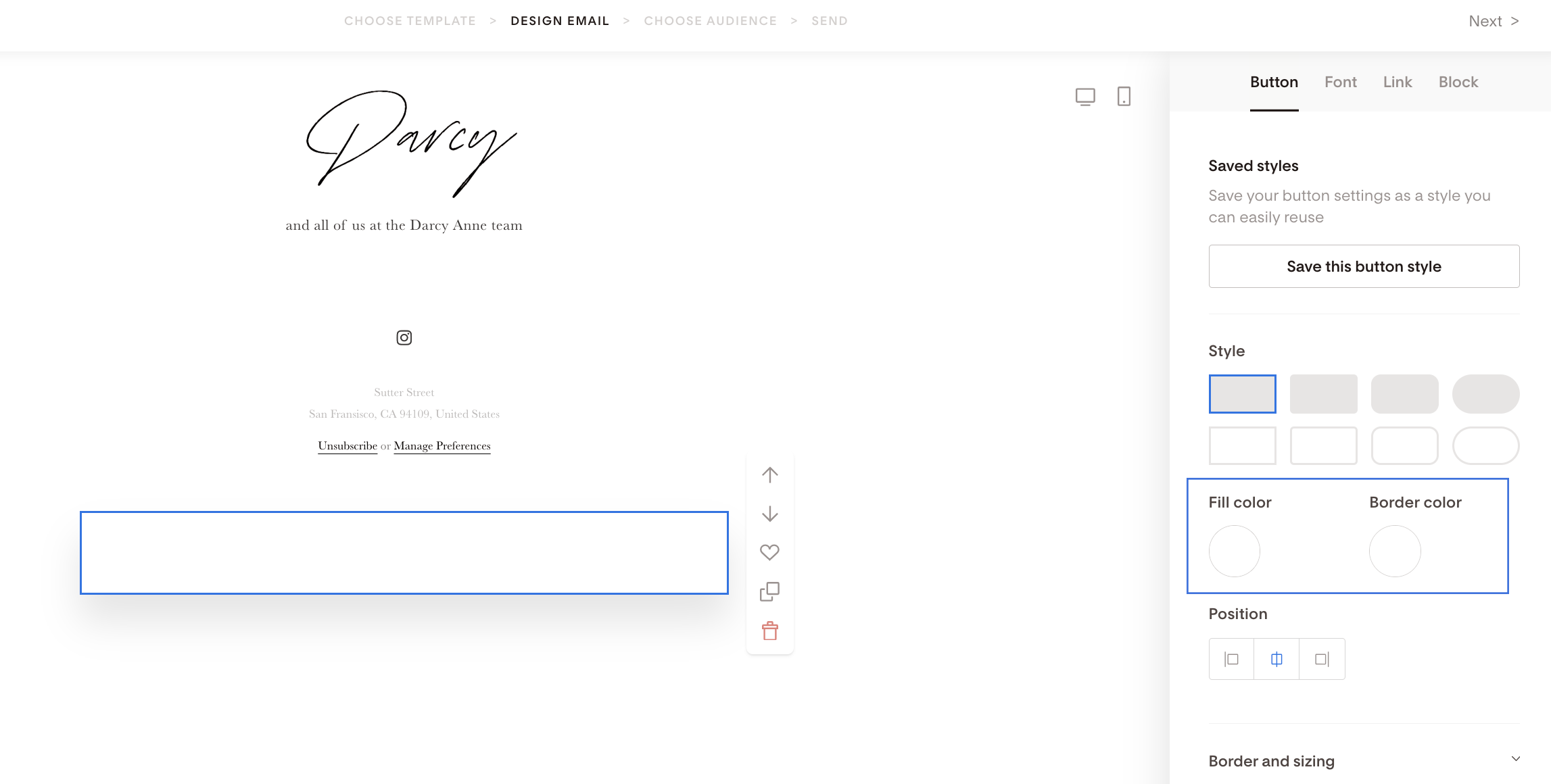Understanding bot clicks and their impact on your email campaigns
Why you may see immediate opens and clicks on your email after you sent them
Have you ever wondered why your open and click rates for email campaigns might not always reflect real audience engagement? It’s because of bot clicks.
While bot clicks are important for email security, they can skew your campaign metrics and impact the usage of certain automated email features like link actions.
Let's break down how bot clicks work and how they can affect your newsletters in simple terms.
What are email click bots?
When you send out an email campaign, Flodesk, your email service provider (ESP), converts all your links to a Flodesk tracking link in order to track the link activity (like which subscribers clicked the link and how many times).
But mailbox providers want to know what the final destination of the link is.
Bots are automated programs that simulate user clicks to detect where these links lead. Most email click bots are employed by businesses and mailbox providers to ensure the security of the links within the emails you send.
How do bot clicks affect your newsletters?
While the primary purpose of email security bots is to protect recipients, they can create challenges for you as an email marketer.
These challenges include:
inaccurate testing results
distorted email metrics
When many bot clicks are registered, it becomes hard to determine genuine audience engagement from automated activity.
Why does this happen?
Subscribers with strict security settings, such as those with .org, .edu or .gov domains, may generate automatic opens or clicks due to their organization's security protocols. These organizations implement strict security measures to protect their employees or members from malicious emails. Therefore, they may automatically click links or load images as part of their security checks.
But bot clicks are not limited solely to those domains mentioned above. You can see them happening with any type of email addresses—even with gmail.com. This is because your subscribers may use mailbox apps to open their emails instead of the Gmail's default web app, and their mailbox apps can have anti-virus apps and security features enabled checking their emails, including links, for malicious intent.
How can I tell which subscribers are auto-clicking my links?
You can implement a simple test to identify subscribers who may be automatically clicking your links. Create a hidden link in your email and use link actions to add anyone who clicks on it to a “bot clicks segment”.
Note: this is not a bulletproof solution. If your subscribers use dark mode, the button link may be visible to them. However, security bots will click the "hidden" link immediately upon receiving the email.
Step 1. Create a segment called “bot clicks”
Step 2. Create your email. Once you've finalized the email, add a button block somewhere at the bottom of the email. You can use the phrase "Bot clicks" or something similar.
Step 3. Connect it to your homepage or Instagram page. Then, use the link actions to connect any button link clicks to the “bot clicks” segment.
Step 4. Apply the same color to the button text and button style as your background so that it’s invisible to the human eye. In the below example, the button text is set to white, just like the button fill color and border color.
This ensures that your human readers will not click it, only security bots. It can also help you identify subscribers with automatic link-clicking enabled.
How can I prevent automatic clicks and opens in the future?
As you have identified them in the previous step and added them to the “bot clicks” segment, you can send them a targeted email explaining the situation and encourage them to sign up with a personal email address instead. This could somewhat mitigate the impact of automatic clicks and opens for future email campaigns.
Additionally, always use HTTPS links, monitor your content to avoid triggers for automatic clicks, maintain a clean subscriber list, and avoid typing out full URLs in your messages.
Sending marketing emails from a verified custom domain, maintaining a good sender reputation, and encouraging positive subscriber engagement can help establish you as a reputable sender. Security bots will be less likely to feel the need to do the click testing.
Summary
By understanding how bot clicks operate and their potential impact on your email campaign metrics, you can adapt your strategies to ensure accurate measurement of real audience engagement.




